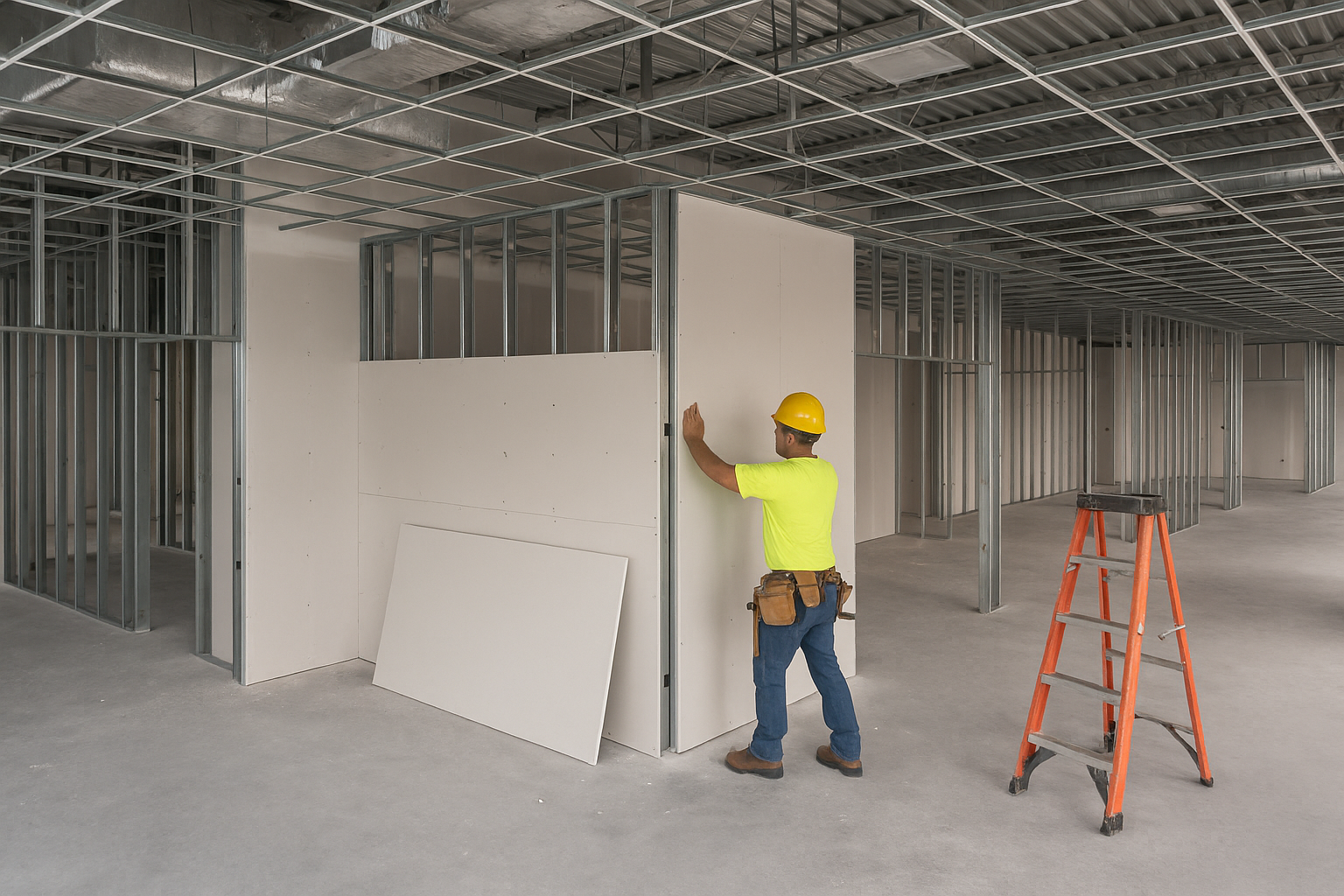
Drywall estimation errors, especially missed takeoffs, are a silent but significant threat to project budgets in construction. For general contractors and engineers, an overlooked segment or incorrect quantity can quietly balloon costs, introduce delays, and compromise margins. These oversights are often not caught until deep into the construction cycle—by then, course correction becomes costly.
Missed takeoffs in drywall estimation can result from fragmented data sources, manual processes, or the use of outdated systems. Often, estimators juggle multiple formats and inputs—2D plans, 3D models, spreadsheets—all while under time pressure. This complexity increases the risk of human error or skipped components. The result: underestimated material needs, misallocated labor, and surprise costs down the line.
Today’s projects are larger, more complex, and increasingly scrutinized for budget accuracy. Data-driven intelligence now plays a pivotal role in ensuring consistent cost control and timeline adherence. The cost of missing a takeoff has grown beyond a minor headache—it directly threatens competitive edge, stakeholder trust, and project profitability.
Beyond financial implications, missed takeoffs often lead to strained client relationships and stress within project teams. An estimate that seems reliable early on but proves inaccurate can force rework, push teams into overtime, and damage reputations.
Whether you’re managing a commercial tower or a multifamily retrofit, consider these strategies to safeguard your drywall budget:
Moving from static to dynamic estimating processes is becoming the new standard. This is especially critical in drywall estimating, where production costs and timelines are sensitive to even small changes in quantity and scope. A continuous, data-driven approach to drywall estimating allows for faster, more precise updates that keep pace with evolving designs.
This proactive method ensures that no element—whether modeled or not—is left out. Predictive modeling helps fill in subjective values using historical data, improving the reliability of early-stage conceptual estimates and late-stage as-builts alike.
Modern platforms like Active Estimating are redefining how teams tackle drywall budgets. Instead of fragmented takeoff tools and reactive workflows, they offer a cohesive environment that integrates seamlessly with your existing systems. With automation, data harmonization, and production feedback loops, estimators can execute faster, with more confidence and fewer errors.
In a competitive bid environment, the ability to iterate estimates quickly and accurately is no longer a luxury—it’s a necessity. Adopting continuous, data-driven intelligence is the most effective way to reduce risk, avoid costly takeoff mistakes, and protect your margins.
Schedule a personalized demo to see how Active Estimating can work for your specific needs.
